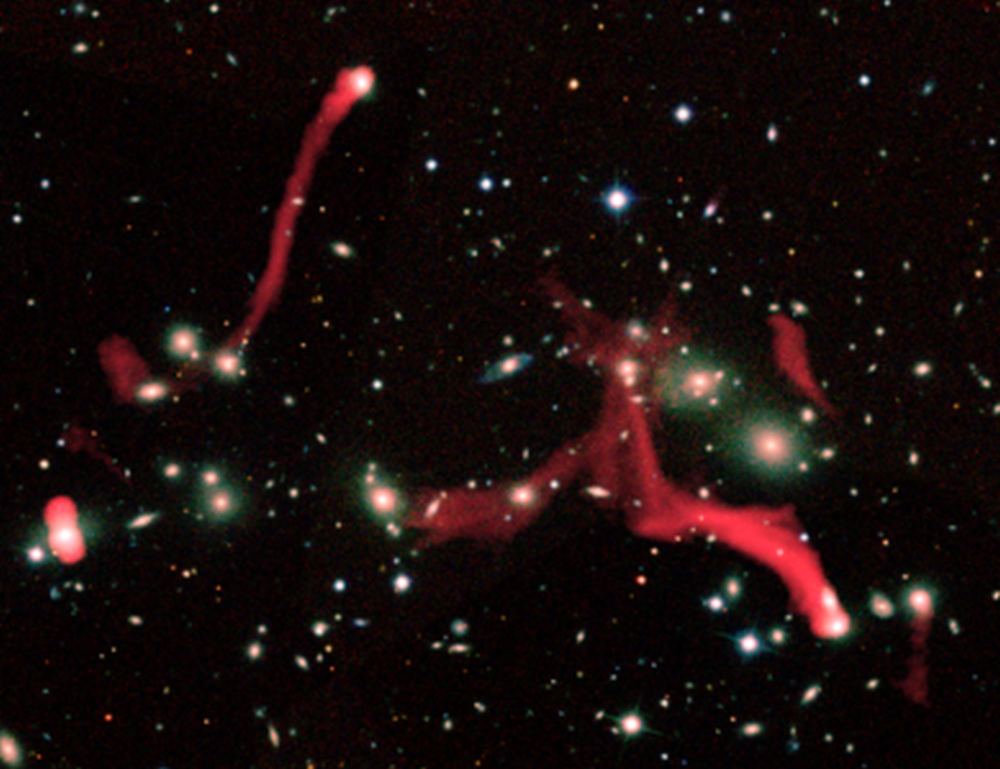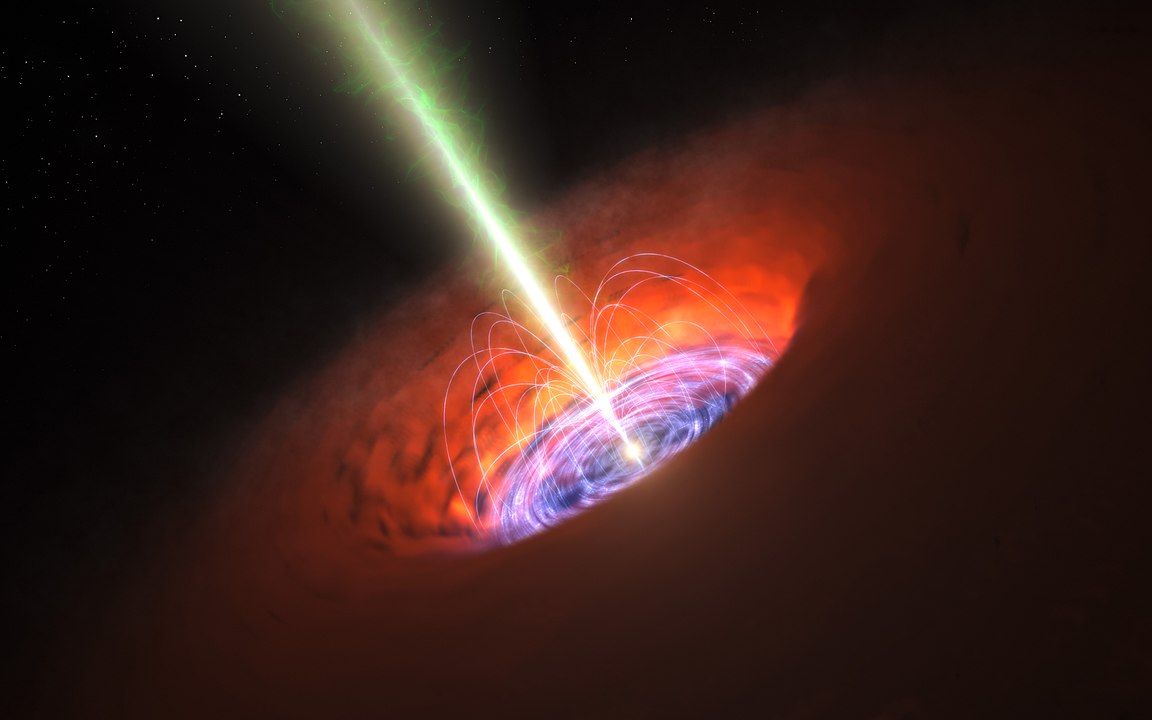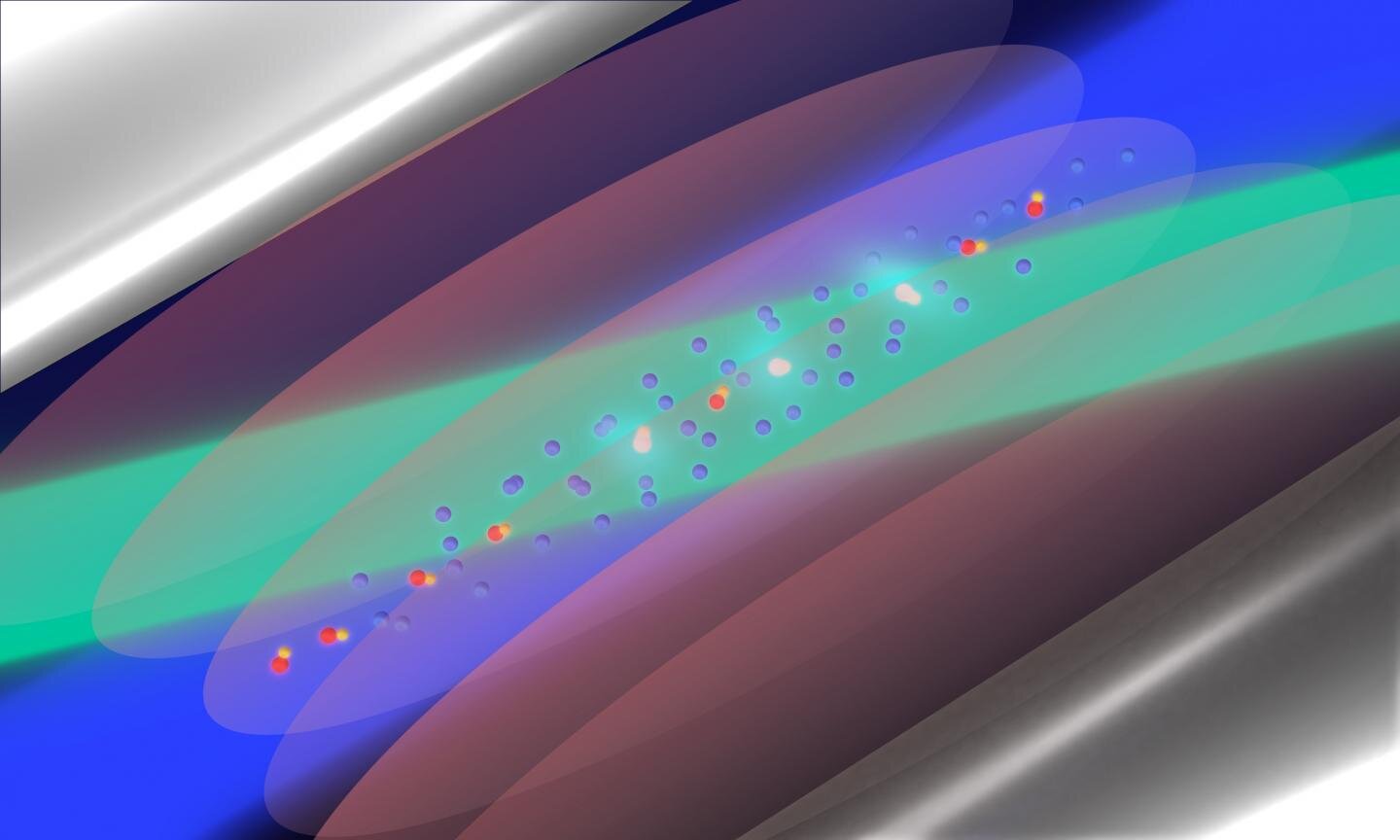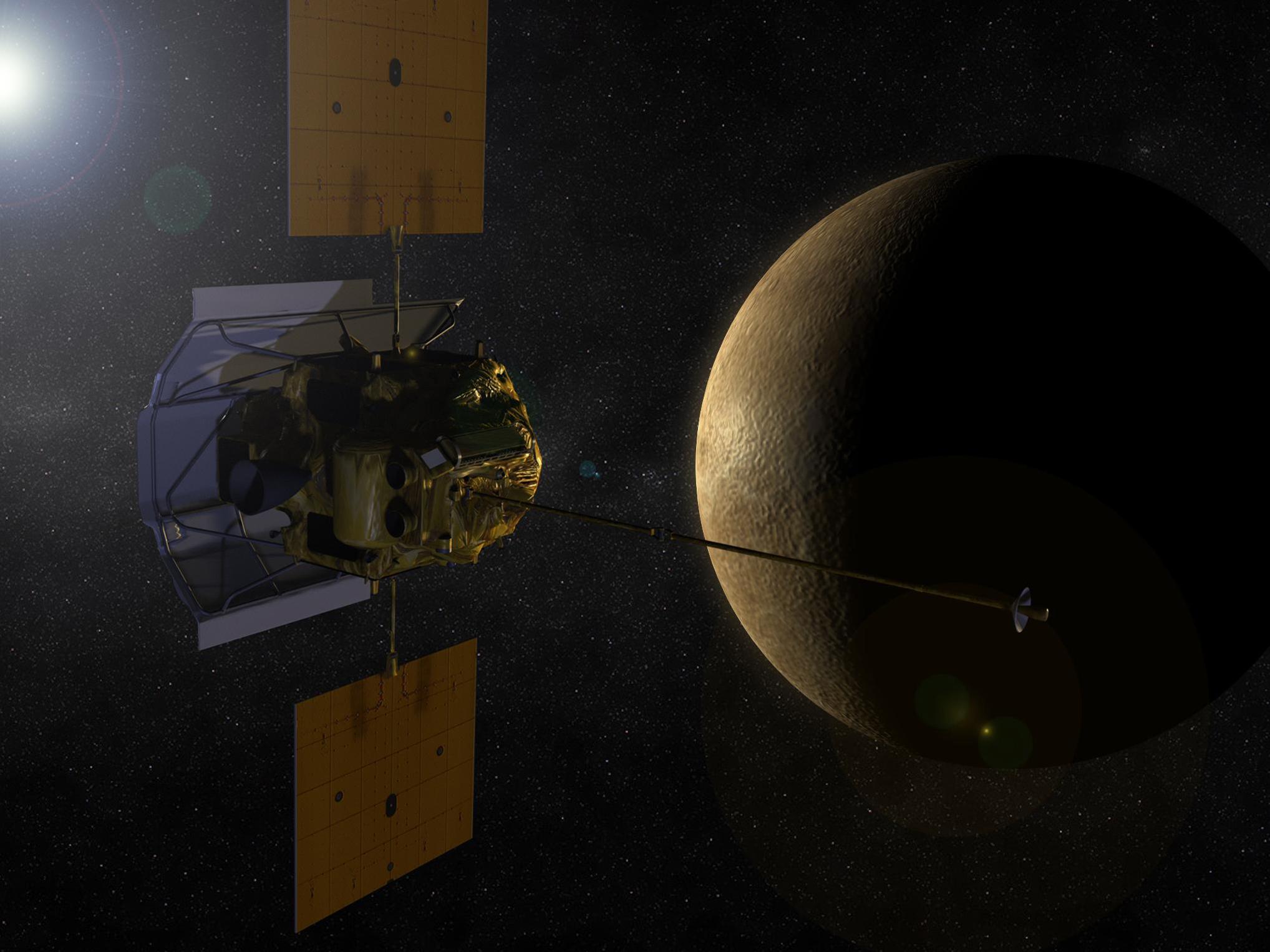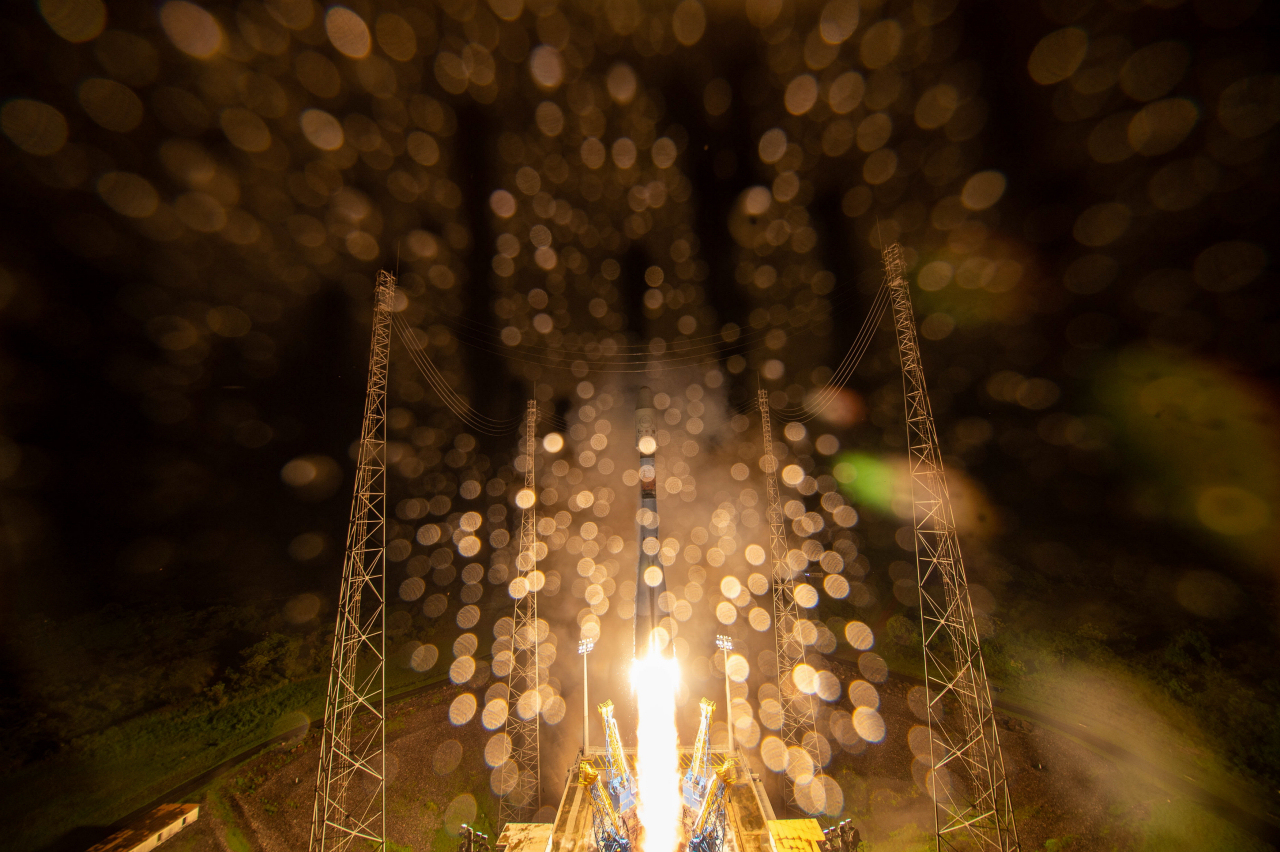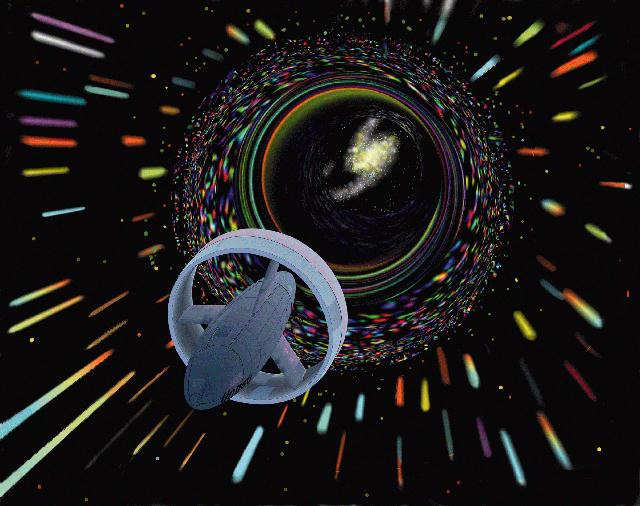If you’re a fan of science fiction, chances are you encountered a few franchises where humanity has spread throughout the known Universe. The ships that allow them to do this, maybe they use a warp drive, maybe they “fold space,” maybe have a faster-than-light (FTL) or “jump” drive. It’s a cool idea, the thought of “going interstellar!” Unfortunately, the immutable laws of physics tell us that this is simply not possible.
However, the physics that govern our Universe do allow for travel that is close to the speed of light, even though getting to that speed would require a tremendous amount of energy. Those same laws, however, also tell us that near-light-speed travel comes with all sorts of challenges. Luckily for all of us, NASA addresses these in a recently-released animed video that covers all the basics of interstellar travel!
Continue reading “NASA’s New Video Shows You What it’s Like Traveling Close to the Speed of Light”


